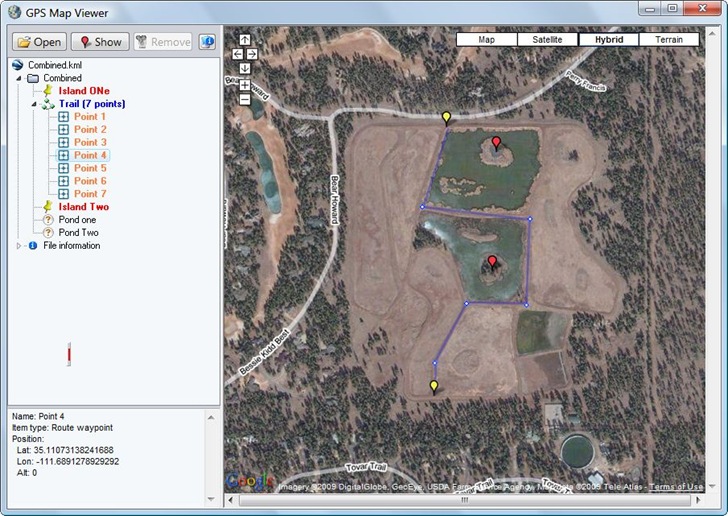

This is a breaking change, users need to download this version to continue to work with the WATERSKMZ. File updated to reference new mapping services providing new program information.For additional information, please see WATERS Terms of Use and Disclaimer.Ĭhangelog Version: 2.0 - Released: September 20, 2022 The user is responsible for reading and evaluating dataset limitations, restrictions, and intended use. The KMZ file is designed to work in version 7.3 or higher of Google Earth Desktop.Please refer to the underlying data and/or services web page for metadata related to the WATERSKMZ. The Upstream/Downstream Search Service and Navigation Delineation Tools are only available for line and point features indexed to NHDPlus flowline reaches. Some tools and reports are only available for certain features types (points, lines, areas).
 Assessment, Total Maximum Daily Load Tracking and Implementation System. NHD Plusv2.1 Watershed Boundary Dataset (WBD). To get started using the WATERSKMZ Tool visit the WATERSKMZ tutorial.Īccess to framework geospatial datasets stored in WATERS, such as NHDPlus, Water Program Features indexed to NHDPlus and to general purpose services.ĭialog boxes providing access to tools, services, and information, such as NHDPlus feature name query, upstream & downstream navigation, water quality reports.Īccess to indexed water program features, with hyperlinks to additional attributes, and context sensitive analysis services, such as upstream & downstream navigation and watershed reports.įull descriptive legend showing layer symbology. The current release of the tool requires the use of Google Earth version 7.3 or higher. KmlLayer.The WATERSKMZ Tool is a compressed Keyhole Markup Language (KML) file that provides easy access to geospatial WATERS data and services. Identifies the div to write to, and replaces the HTML in it Var testimonial = document.getElementById('capture') Writes the info window content to a variable. The table below explains the code for this section. You can now set the application to write the feature's data and Writing the KML feature data to the sidebarīy this stage of the tutorial, you have captured click events on the layer'sįeatures. A function to call when the event occurs. The kmlLayer.addListener event listener focuses on the Map = new (document.getElementById('map'), )
Assessment, Total Maximum Daily Load Tracking and Implementation System. NHD Plusv2.1 Watershed Boundary Dataset (WBD). To get started using the WATERSKMZ Tool visit the WATERSKMZ tutorial.Īccess to framework geospatial datasets stored in WATERS, such as NHDPlus, Water Program Features indexed to NHDPlus and to general purpose services.ĭialog boxes providing access to tools, services, and information, such as NHDPlus feature name query, upstream & downstream navigation, water quality reports.Īccess to indexed water program features, with hyperlinks to additional attributes, and context sensitive analysis services, such as upstream & downstream navigation and watershed reports.įull descriptive legend showing layer symbology. The current release of the tool requires the use of Google Earth version 7.3 or higher. KmlLayer.The WATERSKMZ Tool is a compressed Keyhole Markup Language (KML) file that provides easy access to geospatial WATERS data and services. Identifies the div to write to, and replaces the HTML in it Var testimonial = document.getElementById('capture') Writes the info window content to a variable. The table below explains the code for this section. You can now set the application to write the feature's data and Writing the KML feature data to the sidebarīy this stage of the tutorial, you have captured click events on the layer'sįeatures. A function to call when the event occurs. The kmlLayer.addListener event listener focuses on the Map = new (document.getElementById('map'), )






 0 kommentar(er)
0 kommentar(er)
